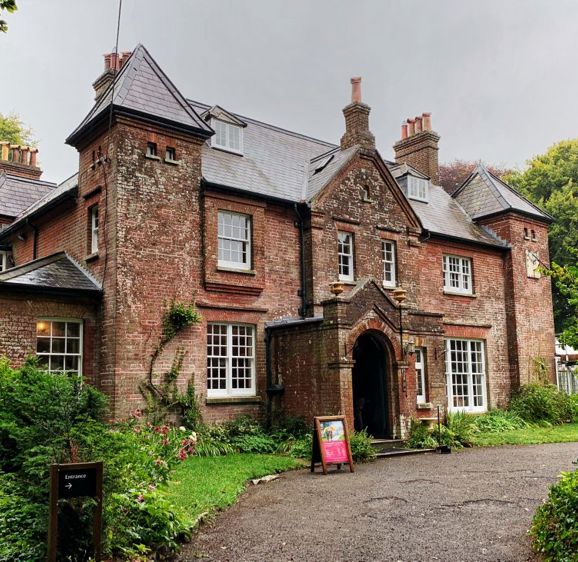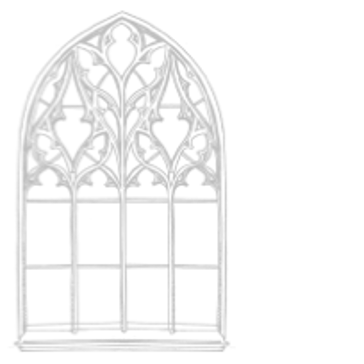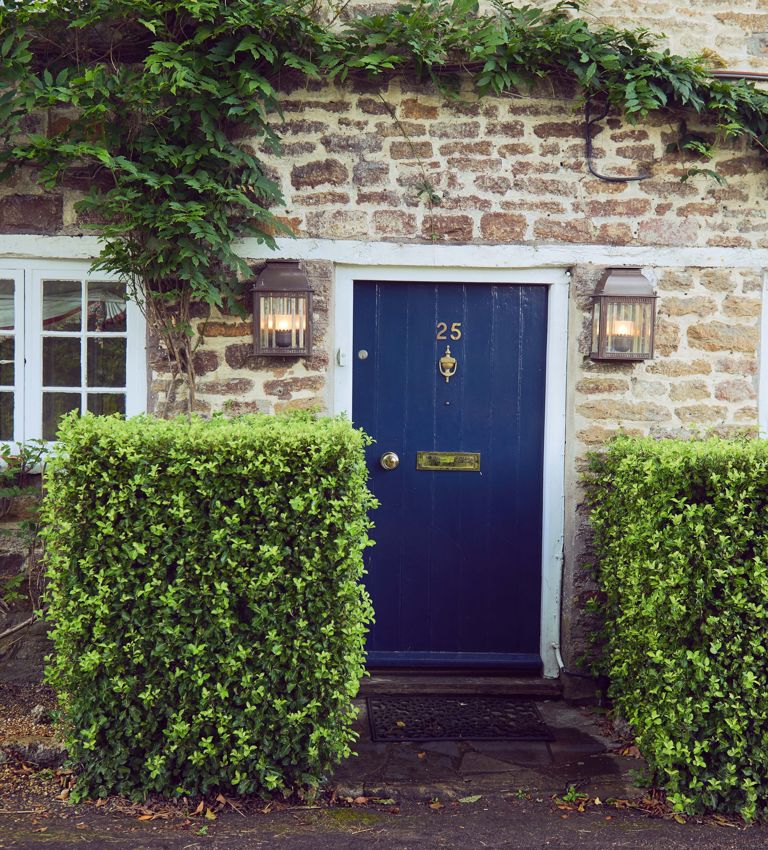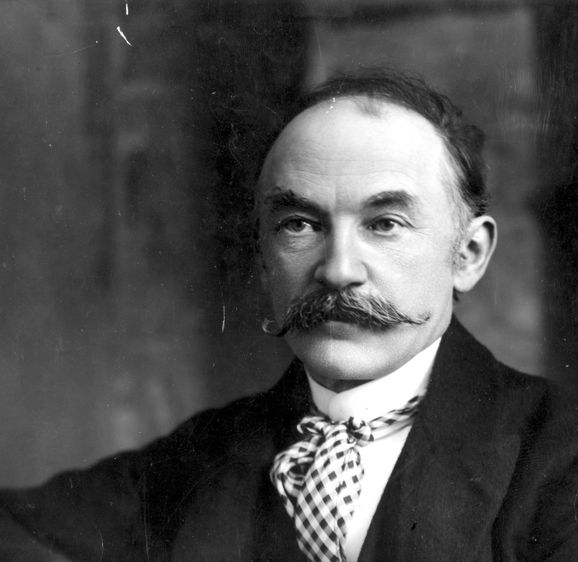

The architect
At the age of 16, Hardy helped his father with the architectural drawings for a restoration of Woodsford Castle. The owner, architect James Hicks, was impressed by the younger Hardy's work, and took him on as an apprentice. In 1862, aged 22, Hardy moved to London to study and enrolled as a student at King's College. He worked for prominent architect Arthur Blomfield and won prizes from both the Royal Institute of British Architects and the Architectural Association.



